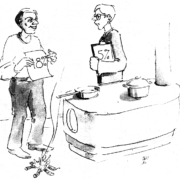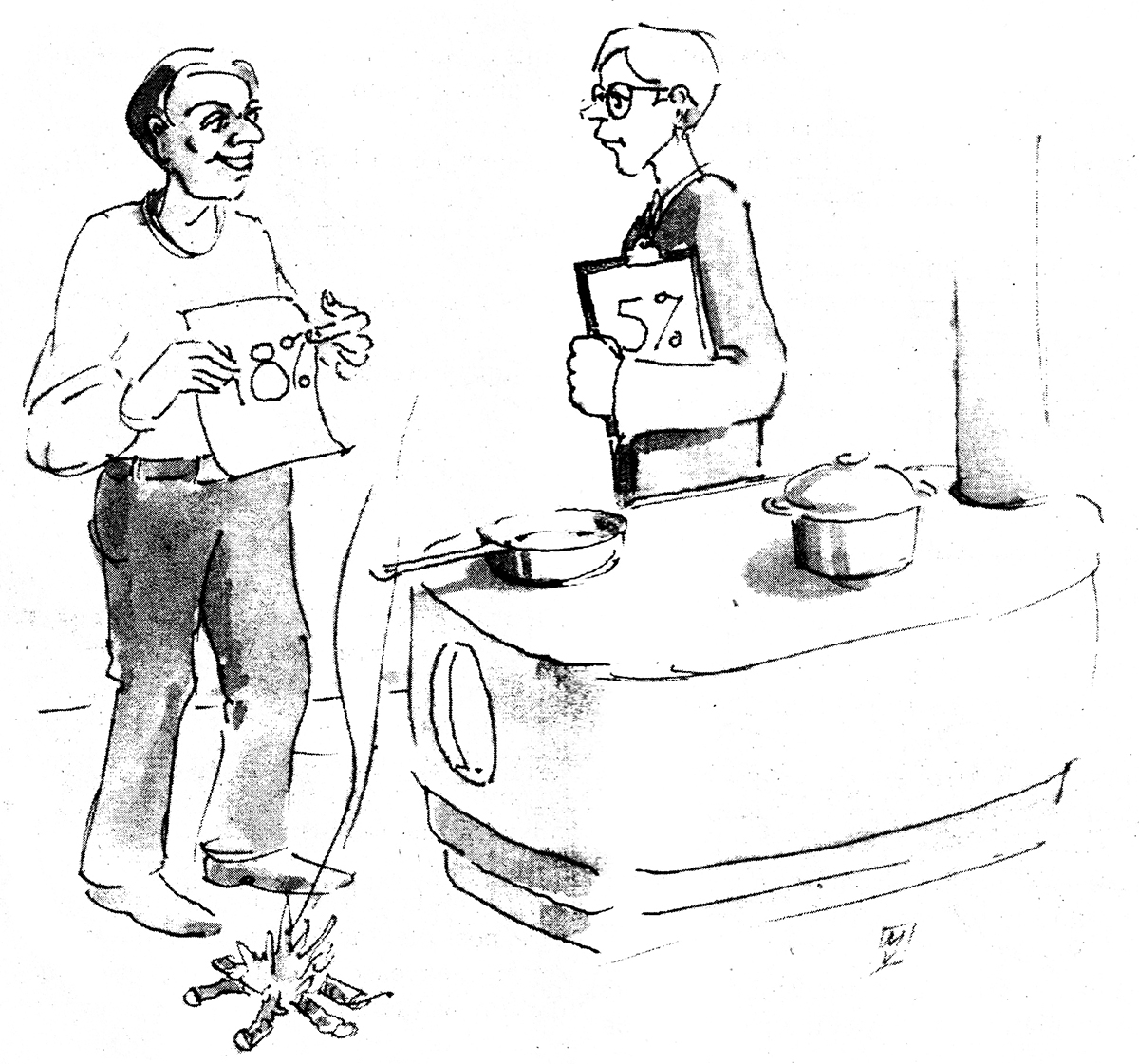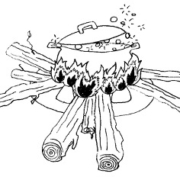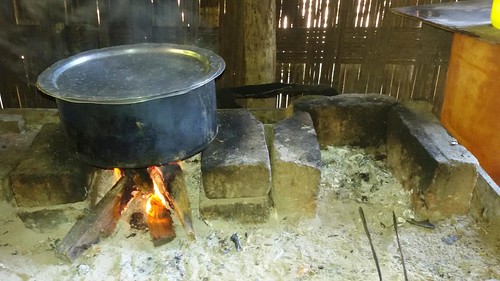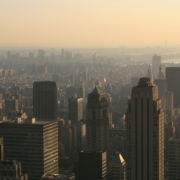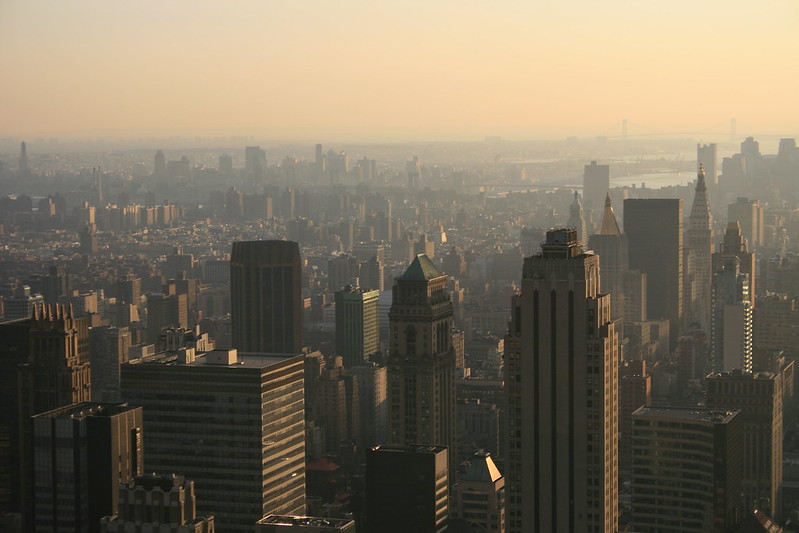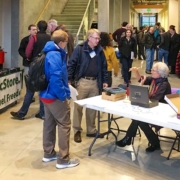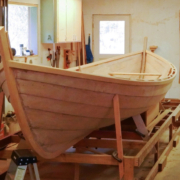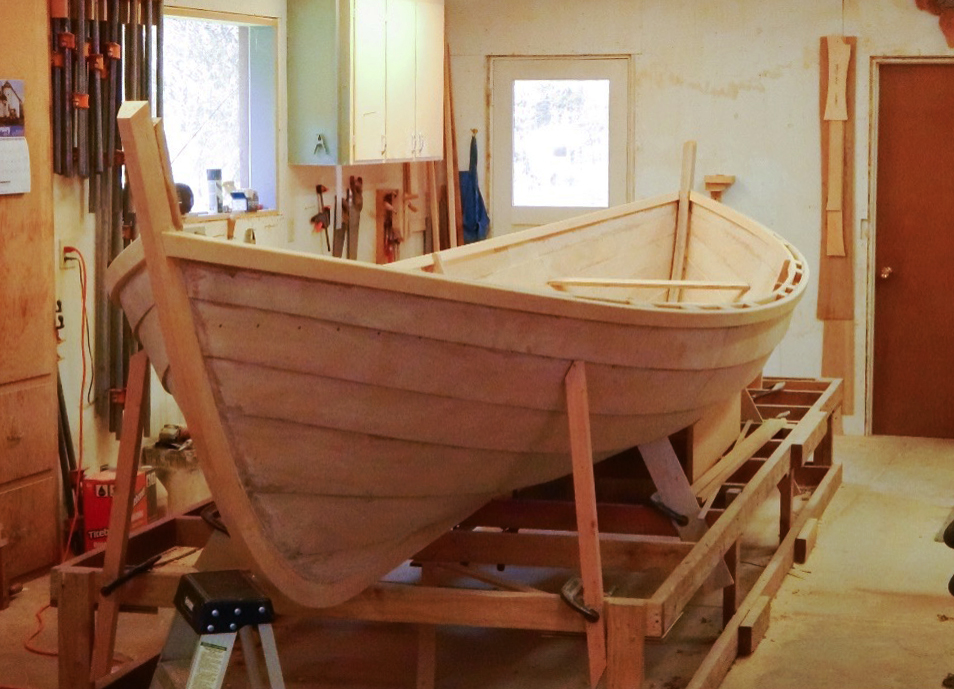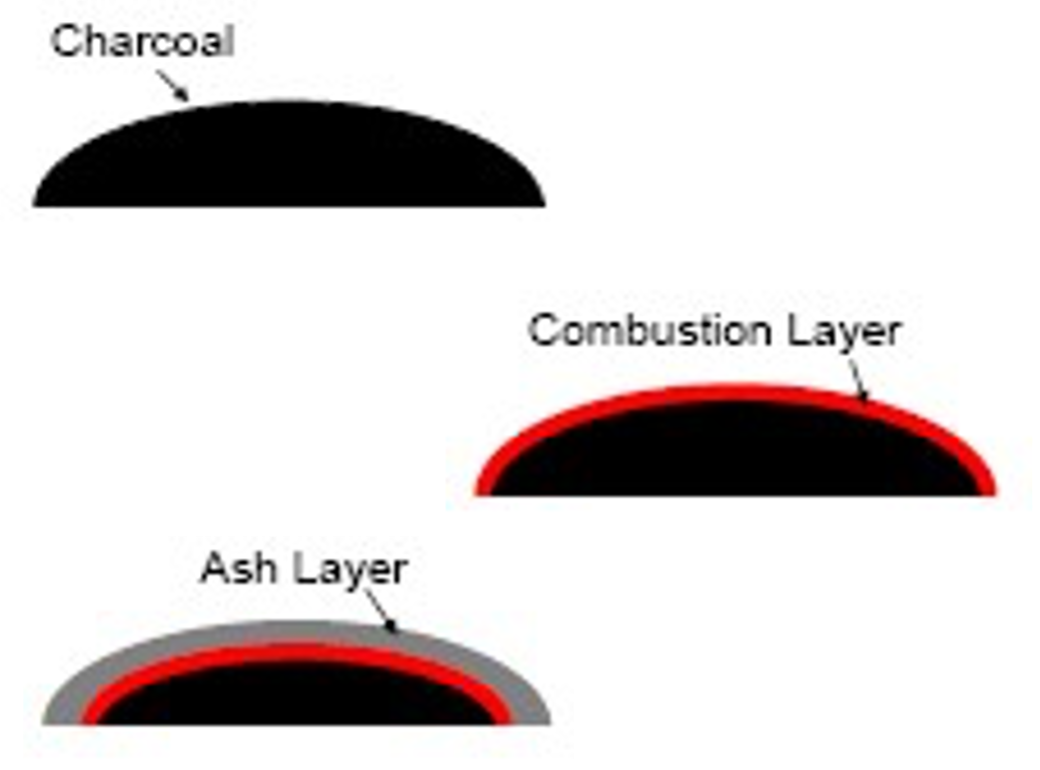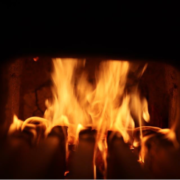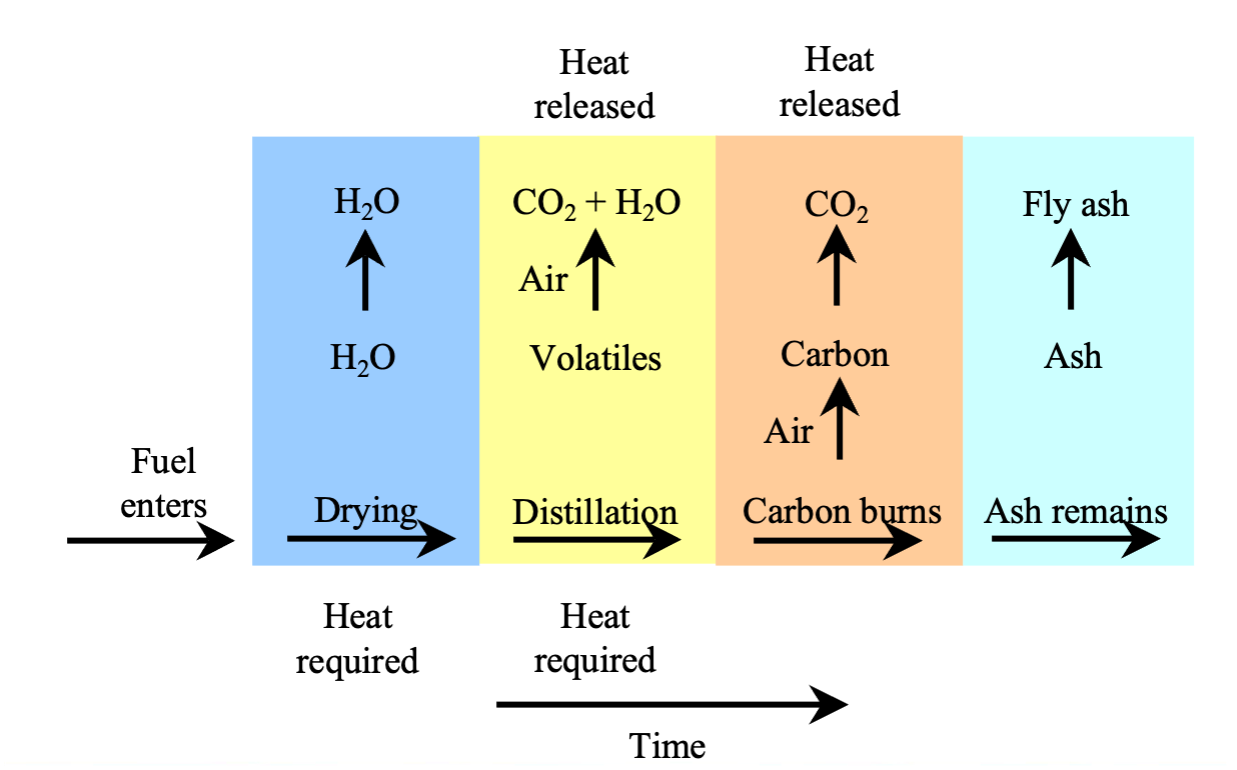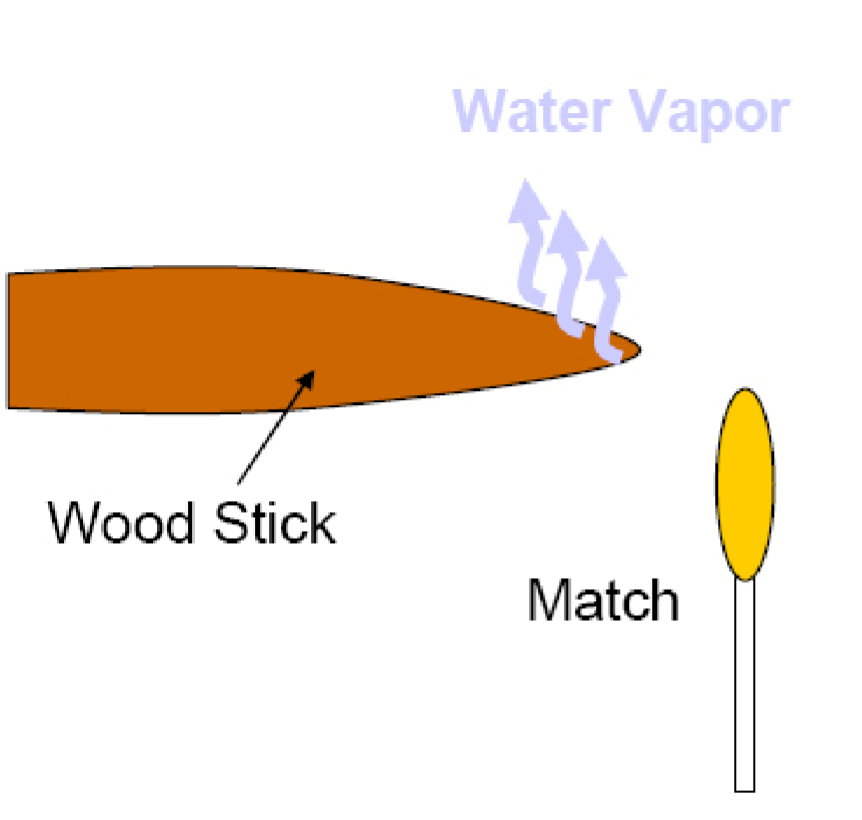Cooking Outdoors as a Health Intervention
The air in a kitchen has to be very clean to protect women and children from multiple diseases. Unfortunately, moderate amounts of smoke seem to damage health almost as much as higher concentrations.
As exposure rises from zero, the chance that a child will get pneumonia increases sharply and then levels off so that indoor air with 200μg/m3 PM2.5 is almost as dangerous as air at 400μg/m3 (Burnett et al., 2014). The World Health Organization Intermediate Guideline for PM2.5 is 35μg/m3.
In order of effectiveness, when cooking in a kitchen, health interventions seem to be:
- Venting smoke up a functional chimney.
- Increasing the fresh air entering the kitchen to dilute smoke and gases. (When the outdoor air is clean and the air exchange rate is doubled, the indoor air pollution is reduced by half.)
- Burning up almost all of the smoke in the stove.
Unvented Rocket stoves, and other ‘moderately clean burning’ stoves (such as a carefully tended open fire with pot skirt), emit much too much smoke and gas to protect health in houses.
Cooking outside, especially upwind of the fire in a bit of breeze, is highly effective in lowering harmful concentrations of PM2.5.
Cooking outside seems to be a first choice intervention, when applicable. Even ‘moderately clean burning biomass stoves’ can be used when the cook is upwind of the fire in a bit of a breeze, meeting the WHO Intermediate Guideline for PM2.5.
Of course, cooking with a low emission stove is preferable, when possible!


